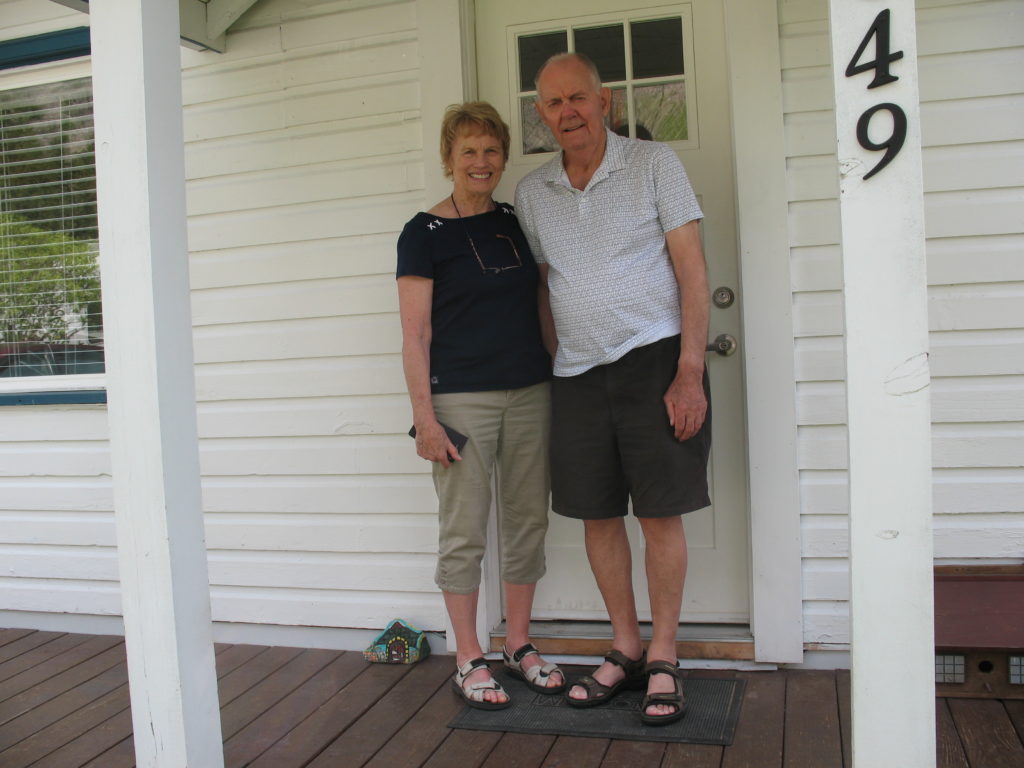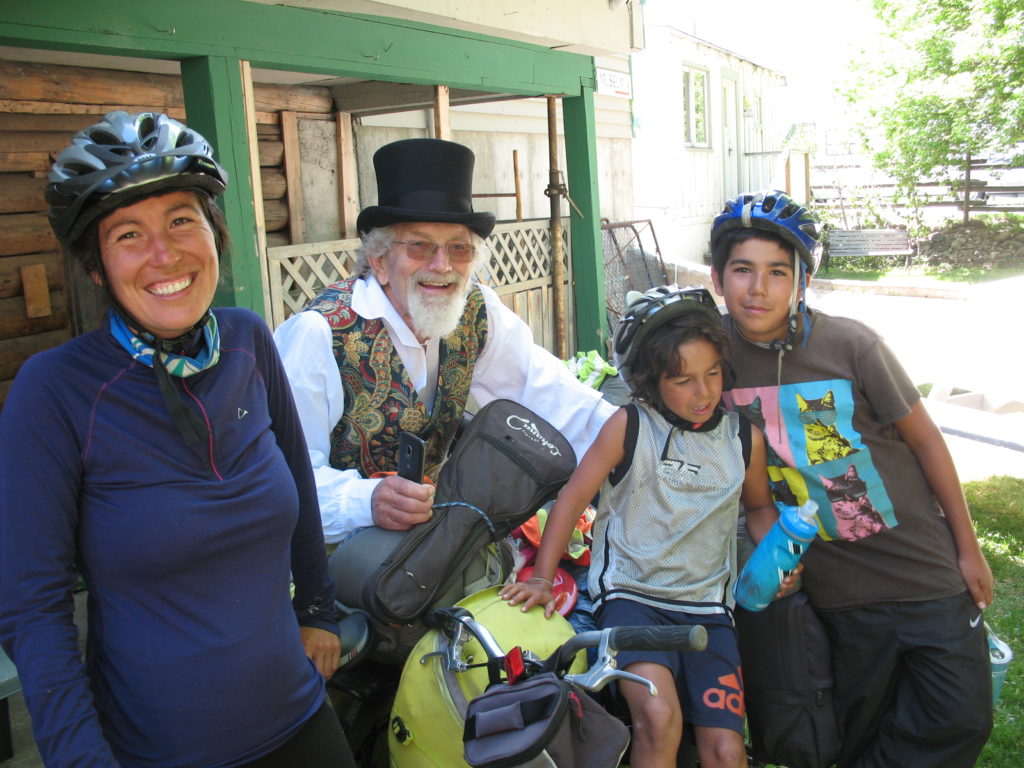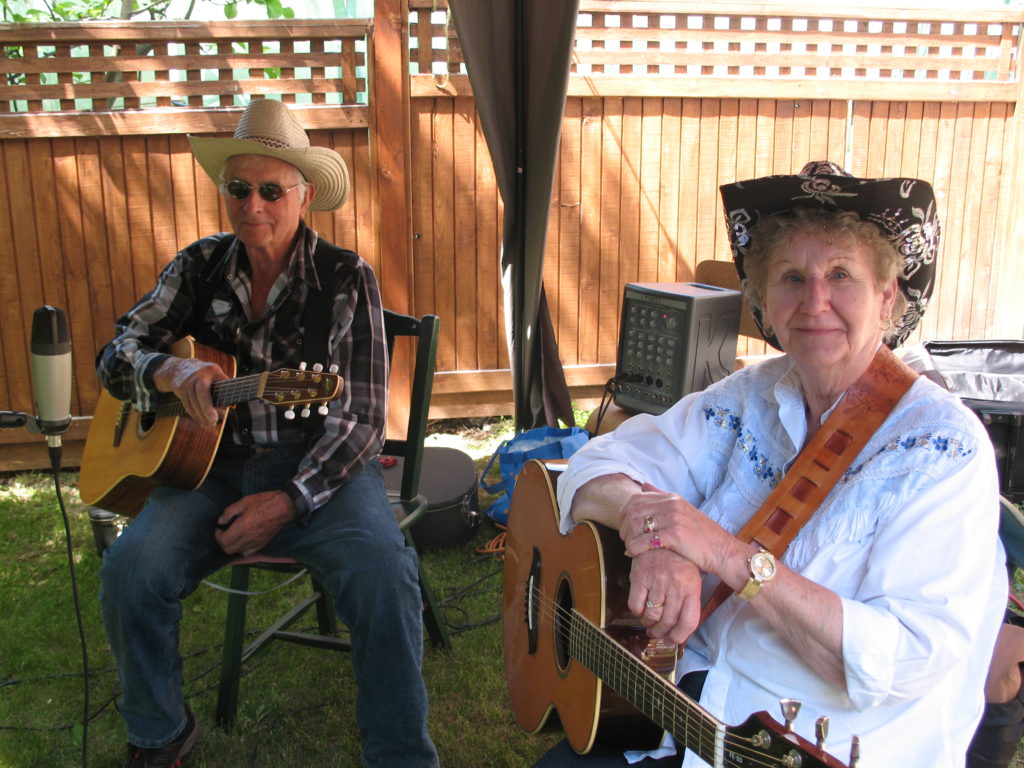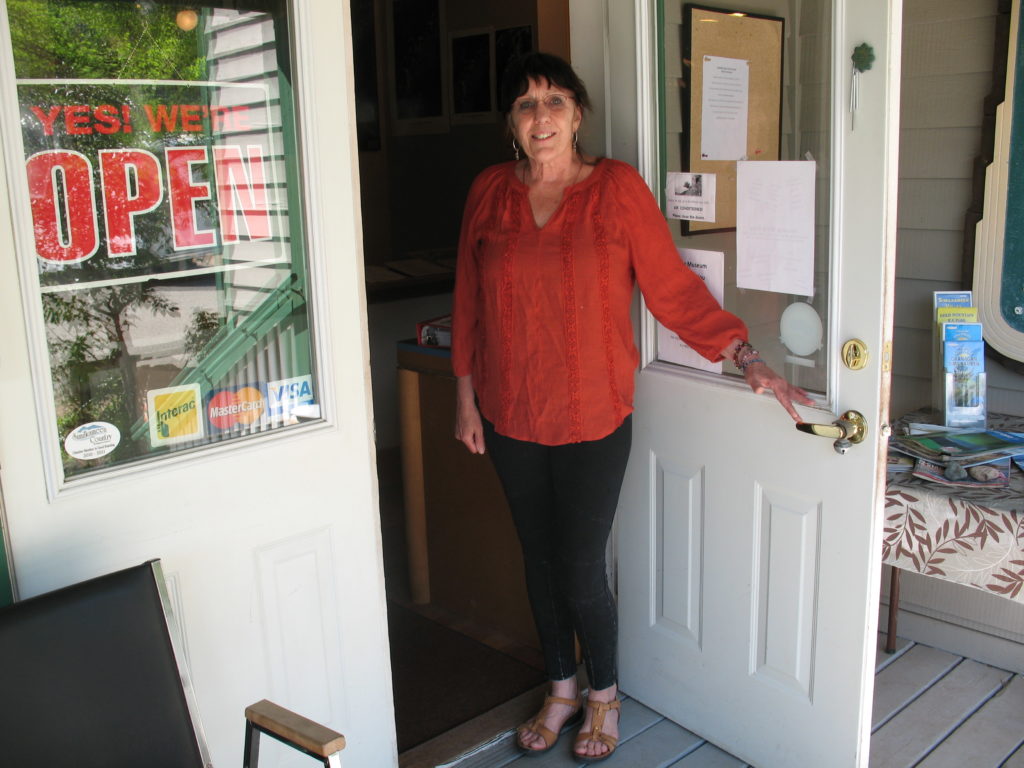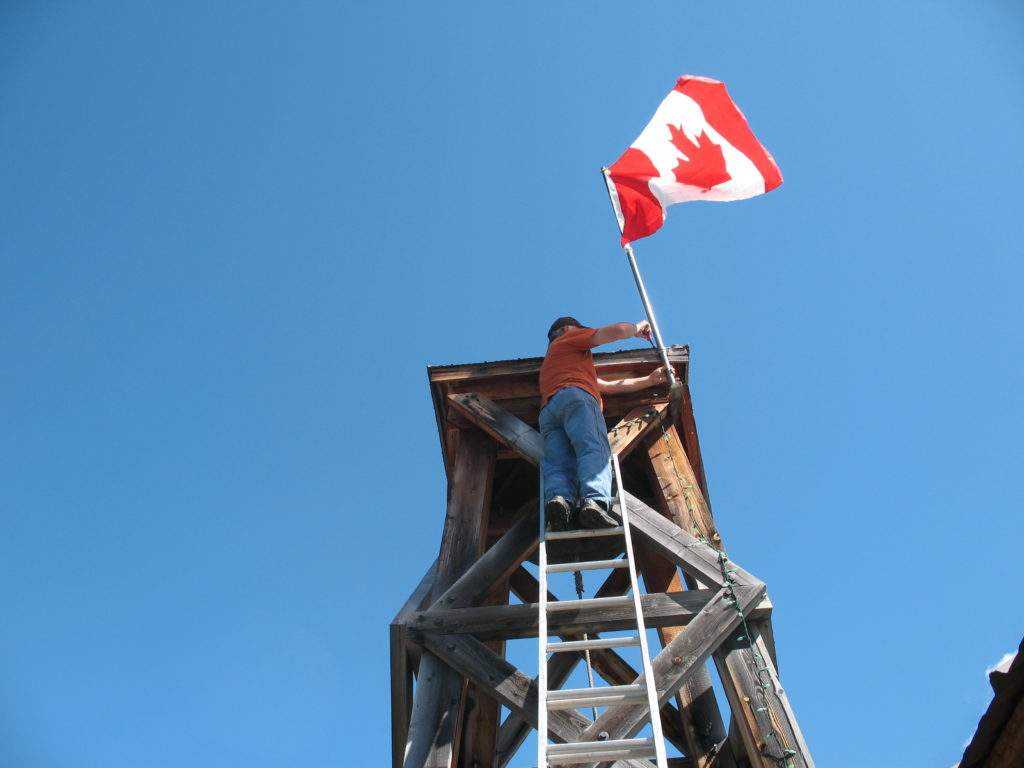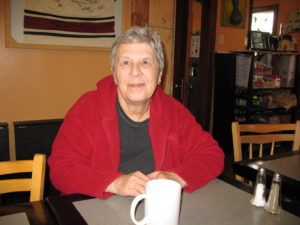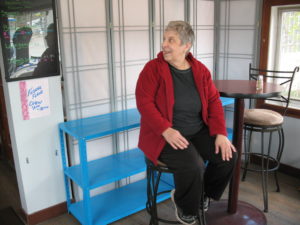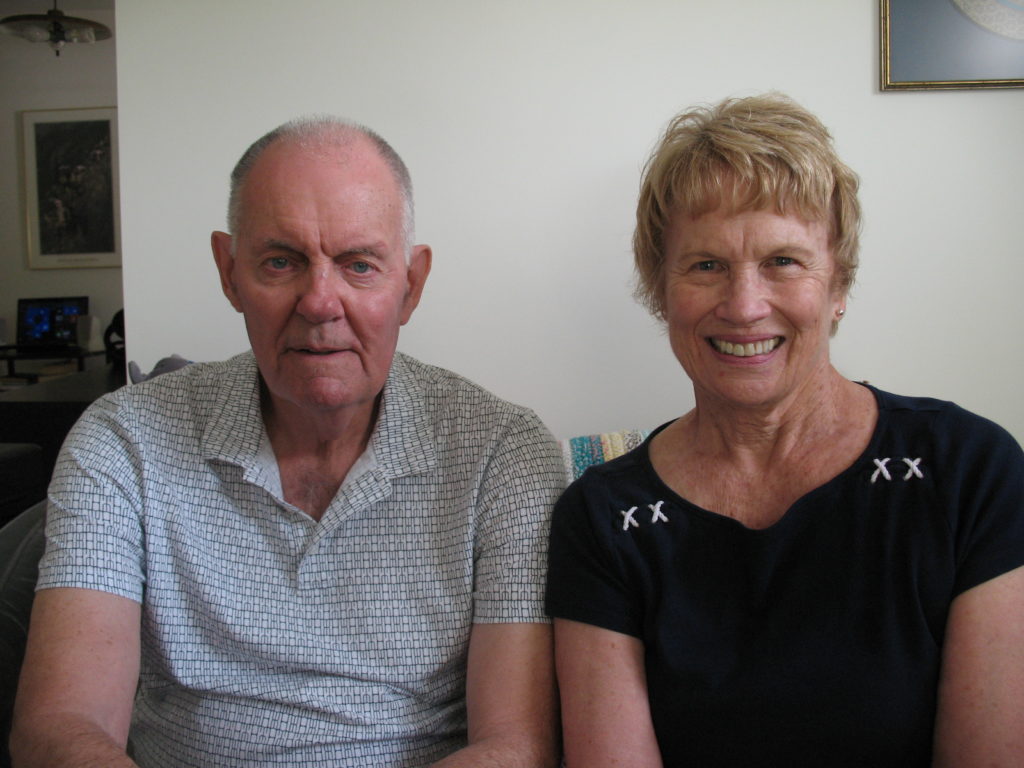
When I learned that Bill Bradley, now of Summerland, had lived in our Hedley home from about 1941 to 1956, I immediately invited him and Diana for lunch and a conversation. They responded enthusiastically, seemingly eager to return to the community that had given him an abundance of youthful memories. Although now 79, Bill’s recollections and observations flowed freely, almost from the moment they walked in the door.
Glancing around with evident interest, he said, “that wall has been moved. The living room is bigger now.” He pointed at another wall. “Our piano stood there My mom gave lessons, but she didn’t charge much. Our main source of heat was a sawdust burner. No central heating. The windows were single pane. In winter they frosted over on the inside and I remember drawing pictures on the frost.” Like a kid in a toy store for the first time, he wanted to see it all. In the bathroom he was surprised to note that the tub, vanity and toilet had all been re-arranged. “The wringer washer stood where the tub is now,” he said. I wondered if he had hoped it would all be as he had experienced it many years ago.
When we sat down at the table in our sun room, Bill seemed to be mentally transplanted back to those early years. “I was about age 3 when we moved to Hedley,” he began. “My dad was a miner. After graduating from university he was offered a job in a mine at Osoyoos. After working at several mines that shut down, he got a job at the Stamp Mill in Hedley. He did heavy duty repairs and maintenance.” Bill still clearly recalls the incessant day and night pounding of the stamps. It could be heard and felt everywhere in Hedley. By the time the mill closed in 1955, some local residents had become so accustomed to the stamping they complained they couldn’t sleep when it ceased.
“Because of Hedley,” he said, “I think we were more down to earth. We were isolated, but at the time, that was normal. It didn’t affect us. ” Certainly their activities were of a less sophisticated nature, and yet they were immensely satisfying. Not having electronic devices to divert them, they were outdoors a lot.
“We organized our own activities,” he recalled. “We made up a game we called American ball, especially when there were only 4 or 5 players. It consisted mainly of pitching and hitting, no running the bases. At school and the local hall, we played basketball.”
In summer they swam in the river. “It was about 30 feet deep at one spot. There was a diving board and a rope to swing out onto the water. We also played golf on the reserve land that overlooks the town. There was no water but the greens keeper maintained it well.”
One of the major events during his time in Hedley was the opening of the Hope-Princeton Highway. “They gave us a day off from school to attend the ceremony at Allison Pass. There was a huge crowd and cars lined up along the highway. We walked 3 or 4 miles to get there. They didn’t have good signage then and seven or eight people were killed that day. Probably a lot of celebrating contributed.”
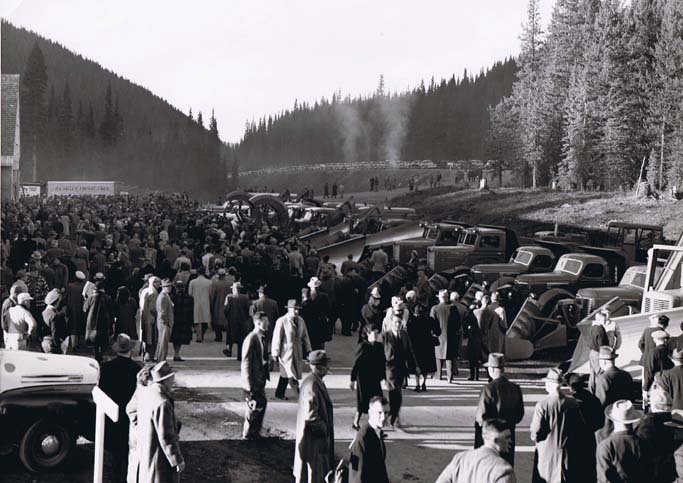
Most people didn’t own cars so it was a special occasion when Bill’s dad bought a new Ford in Princeton. Like other car owners, he usually had passengers any time he drove to Penticton.
In 1960, while visiting his father in the hospital, a nurse suggested he date her friend Diana. They seemed meant for each other. Born and raised in Vancouver, Diana said “I liked the fact he wasn’t a city slicker. His family was a lot like ours.”
Bill recalled seeing a United Church Observer in her home. To him it was an indication of stability and sound values. “People didn’t stray from their roots as much then.”
After attaining a degree at UBC, Bill accepted a job offer at Tech Cominco in 1961. Diana graduated with a nursing degree in June, 1962. They were married that month.
Since then Bill and Diana have travelled extensively and survived serious health challenges. The qualities they saw in each other have given this Hedley boy and Vancouver girl a satisfying life together.
